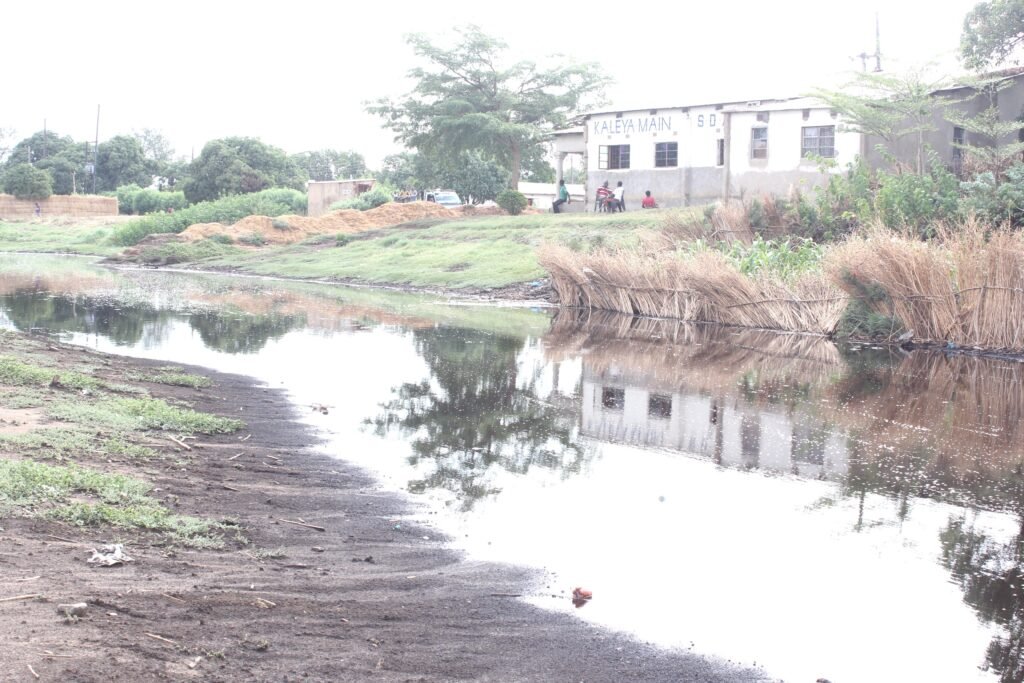


Nachipoma Ward in Mazabuka town is infamous for one thing: Kachasu, a potent, illicit home-brewed alcohol. In the small community of Kaleya, almost every household produces this high-proof drink, relying on it as a primary source of income. Both men and women are involved in this trade, which has become a lifeline, helping families afford school fees, build homes, and even purchase plots of land. However, the downsides are severe—the land surrounding Kaleya is heavily polluted by waste from Kachasu production, rendering it infertile and unsuitable for agriculture.
The consequences of this trade reach beyond the soil. Polluted effluents seep into groundwater, contaminating it so heavily that it’s unsafe even for washing clothes, let alone drinking. Images from the area show murky water, a grim testament to the toxic impact of this popular brew on the environment.
Kachasu itself is no ordinary drink. Locals call it a “jealous lover”—once people start drinking it, they find it nearly impossible to switch to anything else. The drink’s allure pulls people in as early as 6 a.m., and its dangerously high alcohol content can cause burns on the lips. Despite these risks, Kachasu remains widely consumed.
Recognizing these challenges, CUTS International, in collaboration with WWF through the Voices for Just Climate Action (VCA) Zambia project, has been working for the past four years to support vulnerable communities like Kaleya in adapting to climate change. This project aims to amplify the voices of these communities, transforming them into champions for climate resilience.
In Kaleya, CUTS has taken some steps toward addressing the environmental toll of Kachasu production by initiating community dialogues on waste management and developing a governance plan to manage Kachasu waste more responsibly. To offer alternatives to this precarious livelihood, CUTS is building local capacity through training on entrepreneurial skills, Constituent Development Fund (CDF) guidelines, and proposal writing, which could help locals diversify their income sources.
The nearby Kaleya River, a critical water source once relied upon by the community and surrounding commercial farms, now suffers from contamination due to Kachasu waste. Seasonal drying and pollution compromise local water security further. With a focus on sustainable waste management and alternative livelihoods, there is hope that Kaleya might one day overcome its dependence on Kachasu, paving the way for prosperity that protects, rather than sacrifices, its environment.
